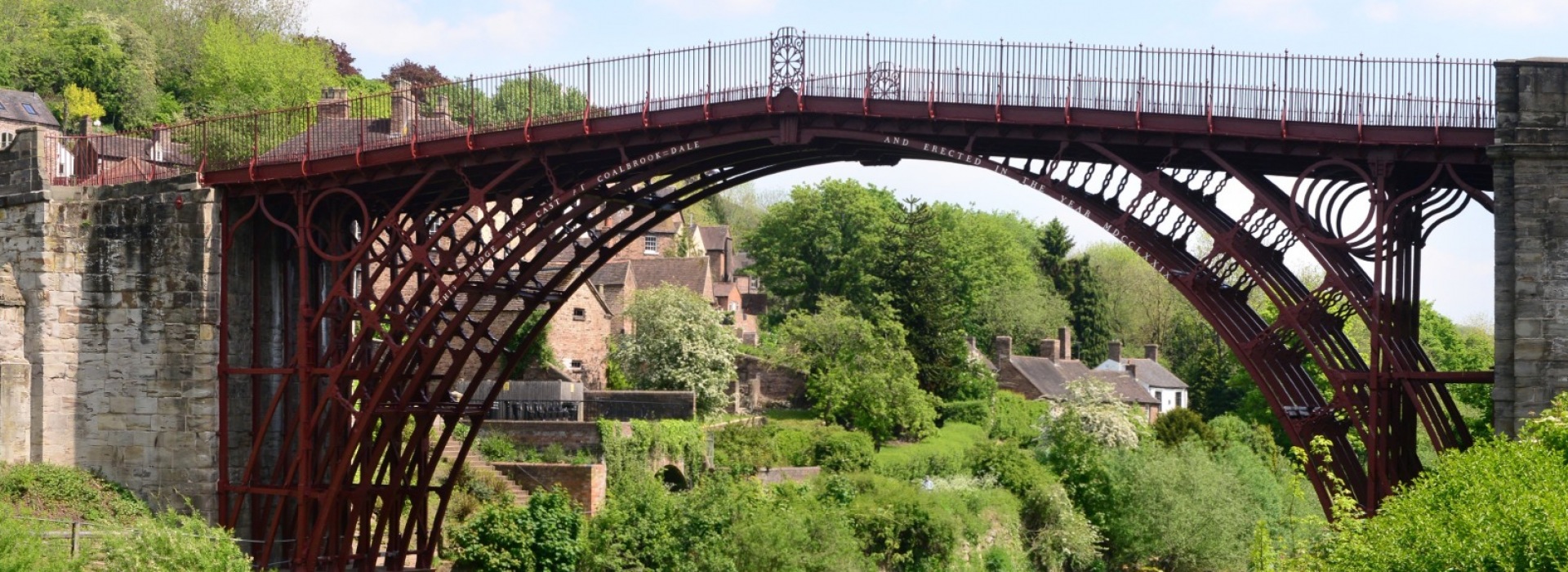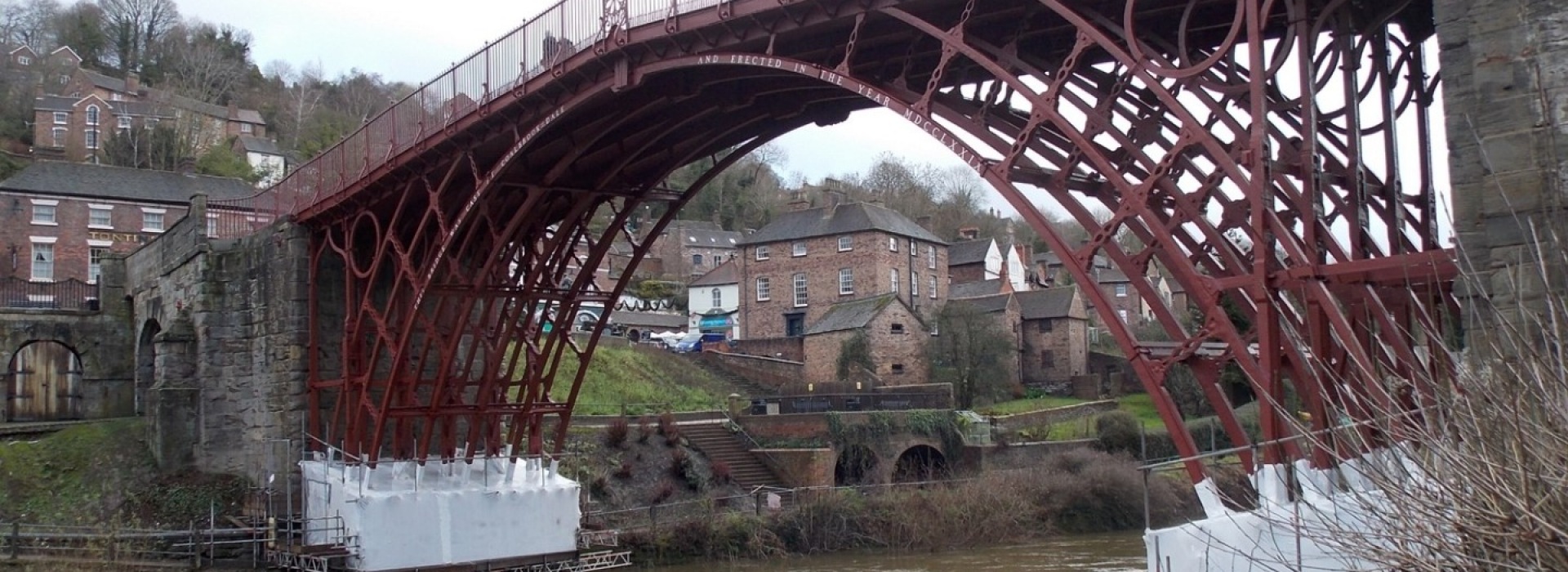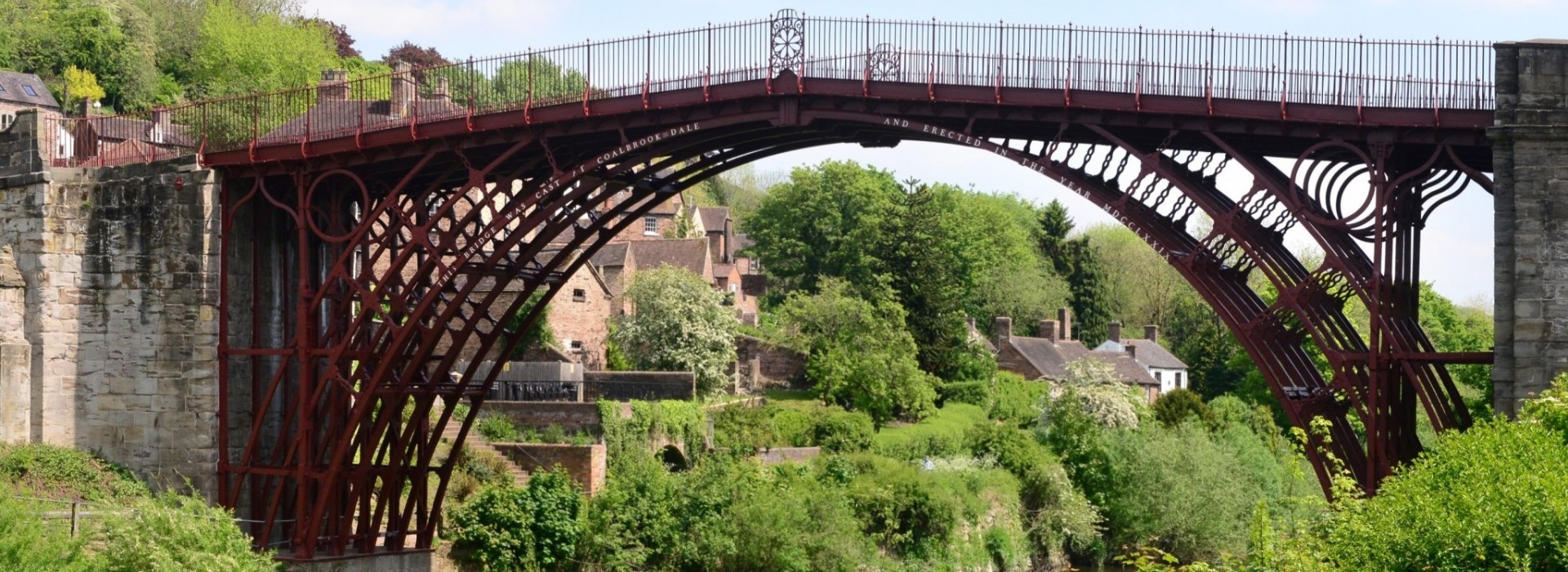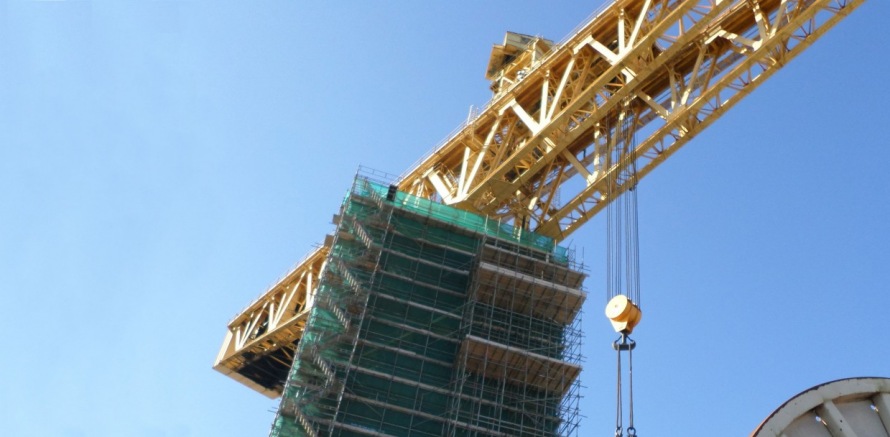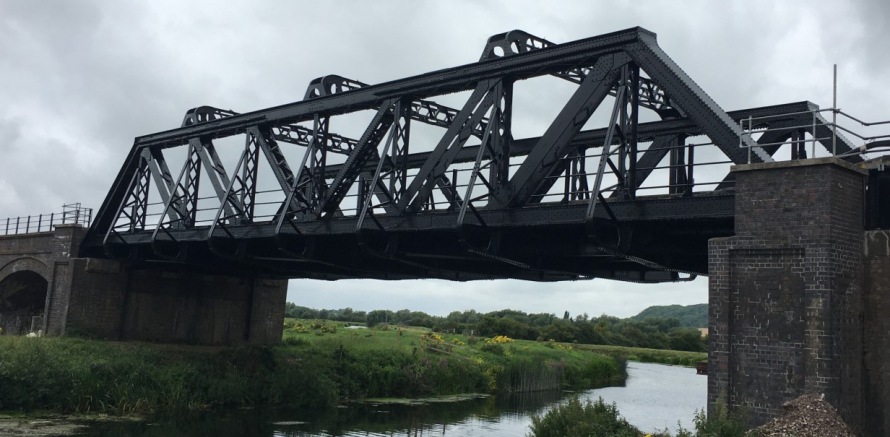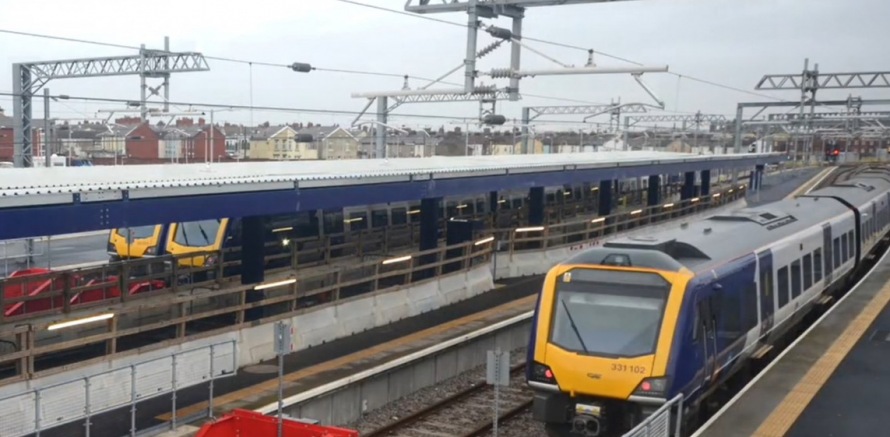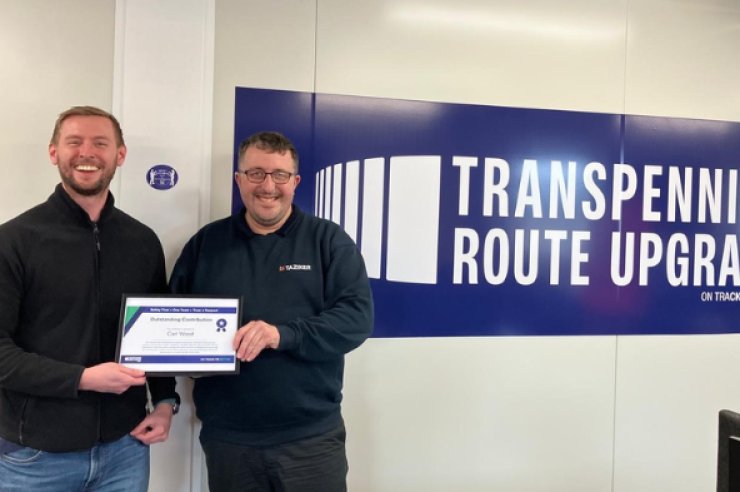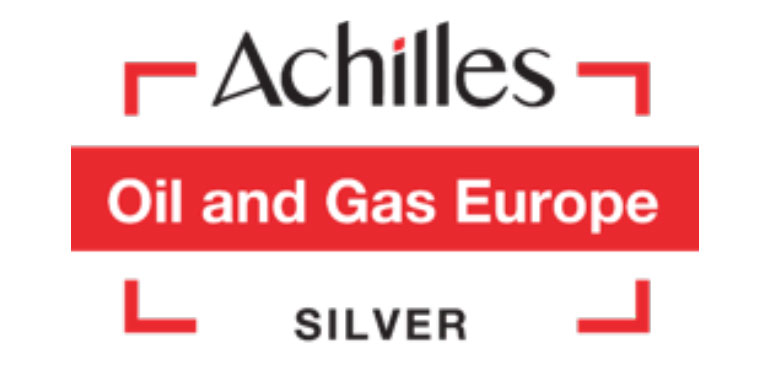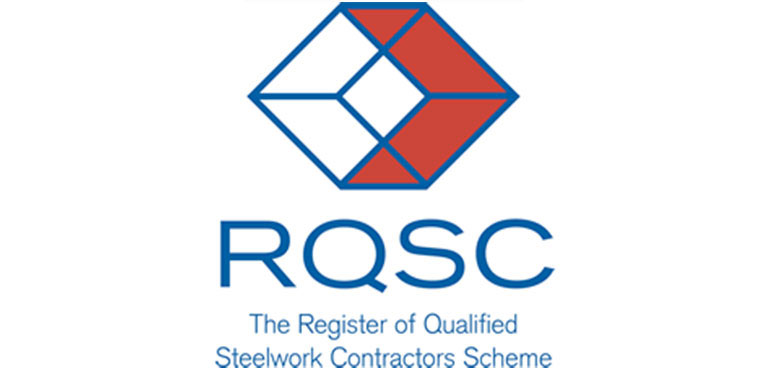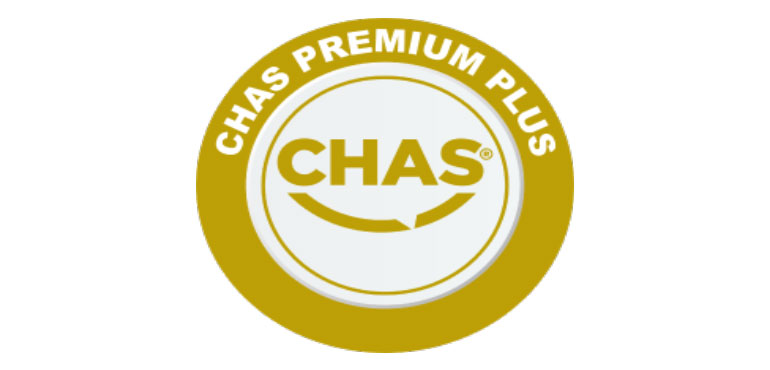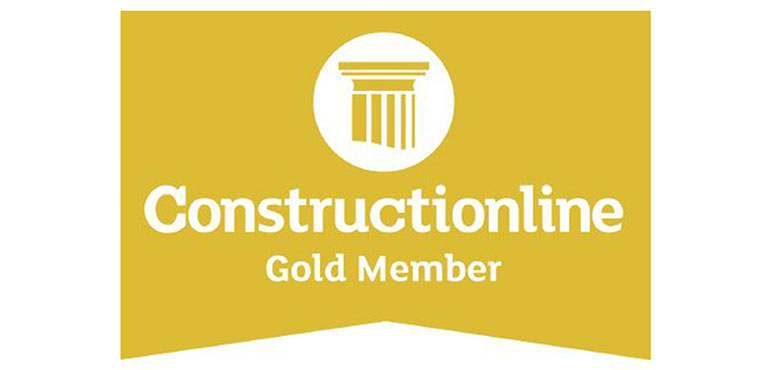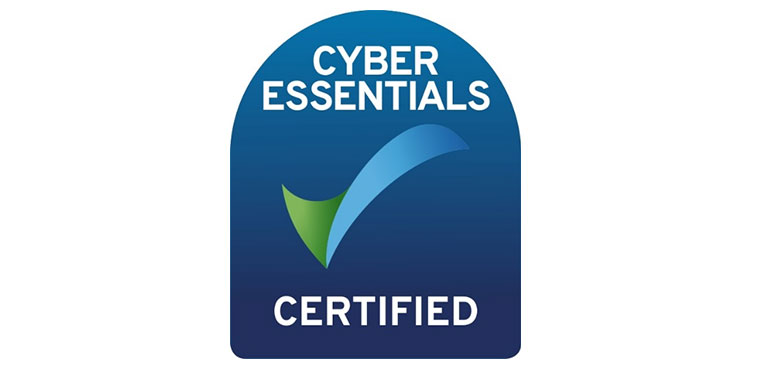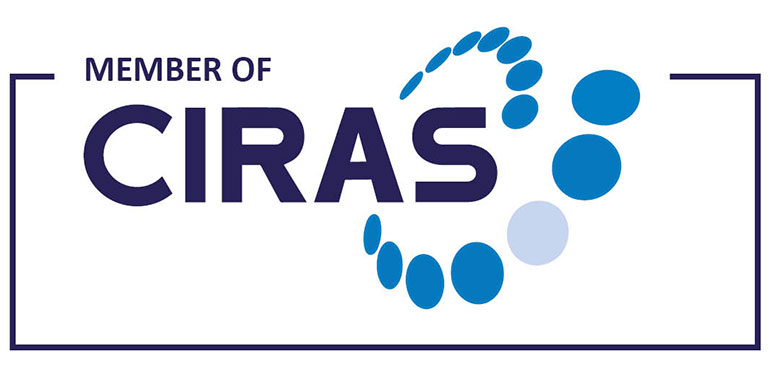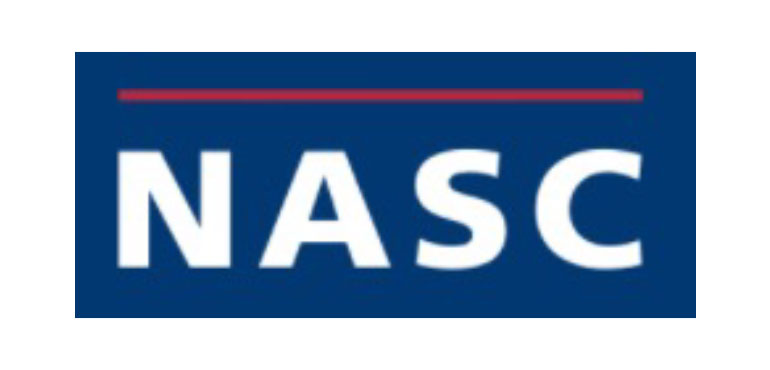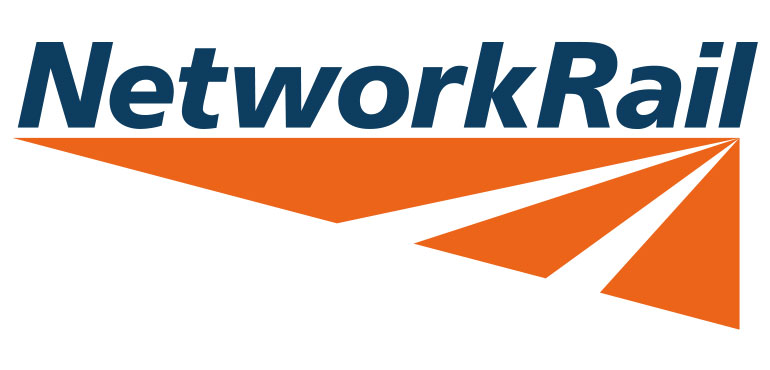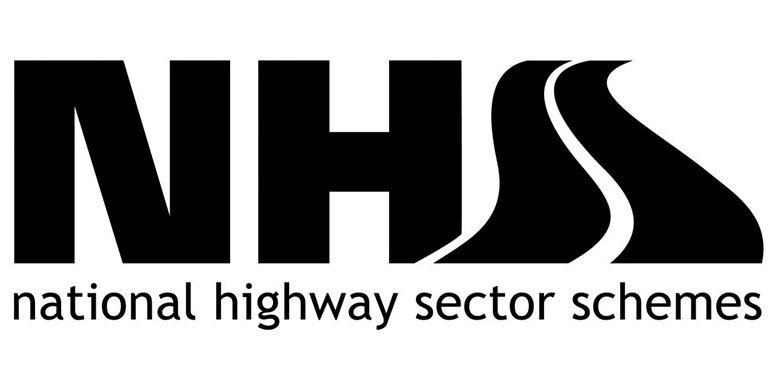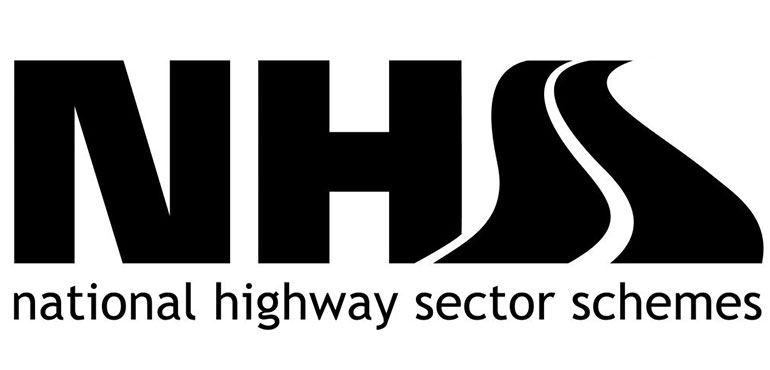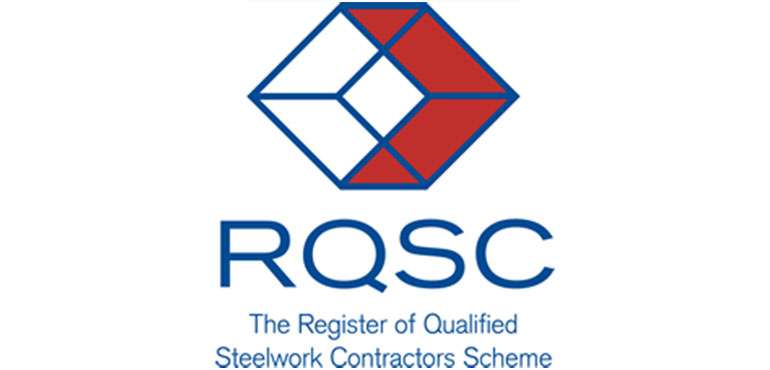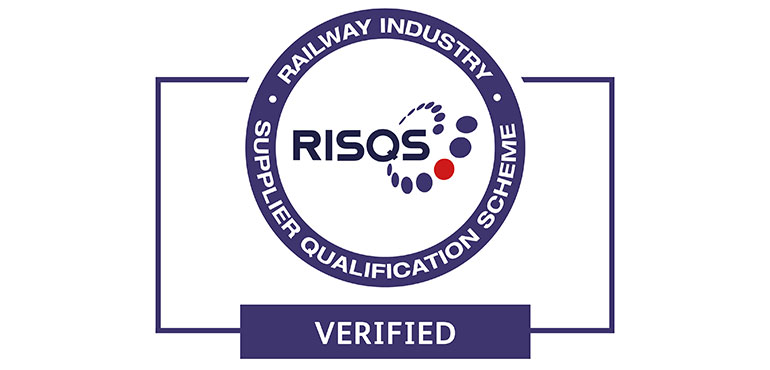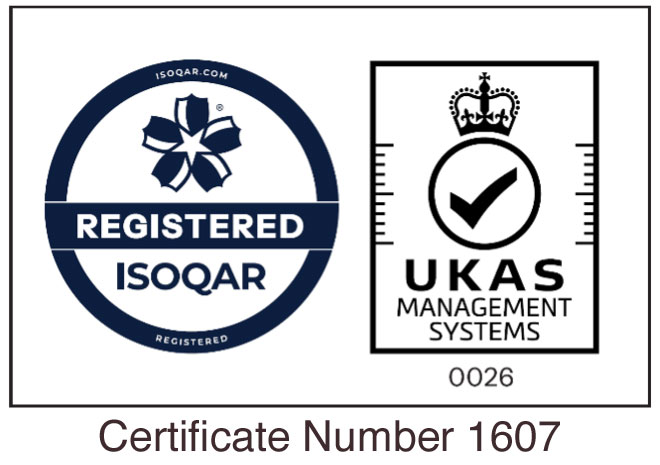Iron Bridge, Shropshire
Taziker was contracted to complete a major conservation project on Iron Bridge in Shropshire, England, after surveys revealed that the bridge needed urgent repairs.
Erected in 1779 over the River Severn, it was the world’s first iron bridge and became a UNESCO World Heritage site in 1986. A popular UK tourist attraction, Taziker was instructed to conserve the fabric of the bridge and prevent loss of historic materials, in accordance with conservation principles.
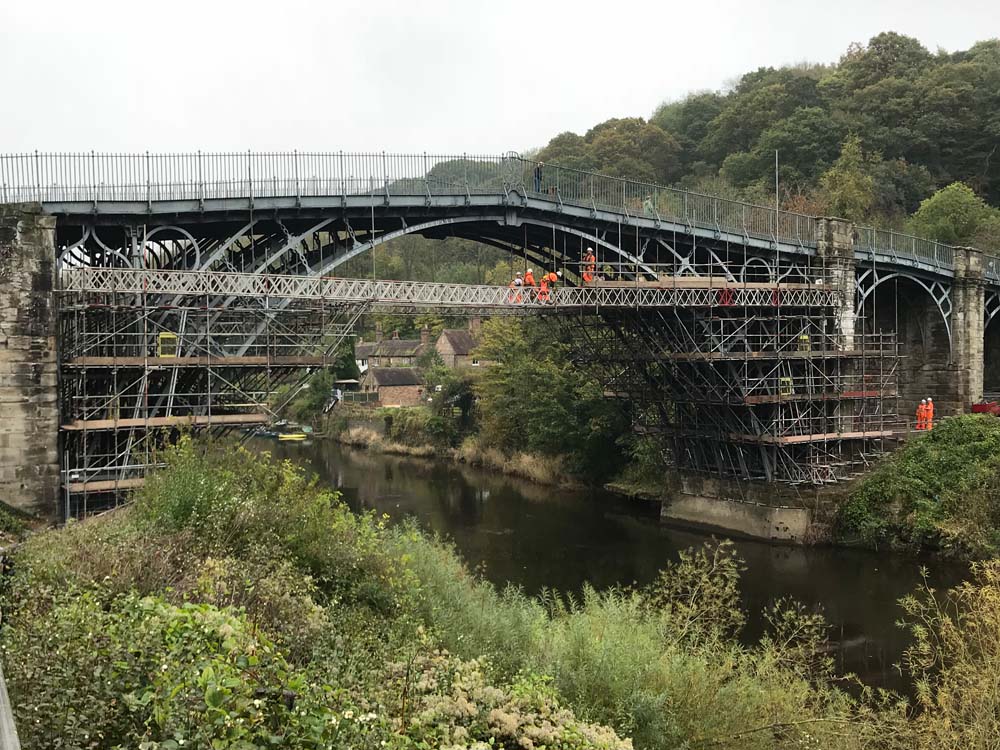 The Challenge
The Challenge
Iron Bridge had suffered over the years and cracks were found in the structure. This was due to stresses in the ironwork dating from the original construction as well as ground movement in the area. An earthquake had also caused damage in the late 19th century.
As Iron Bridge is a Grade I listed building, Taziker had to undertake the repairs in a sympathetic manner, while maintaining access for pedestrians and visitors for the duration of the project. The work also had to be carried out in restricted working hours to minimise disruption to the local area.
The Solution
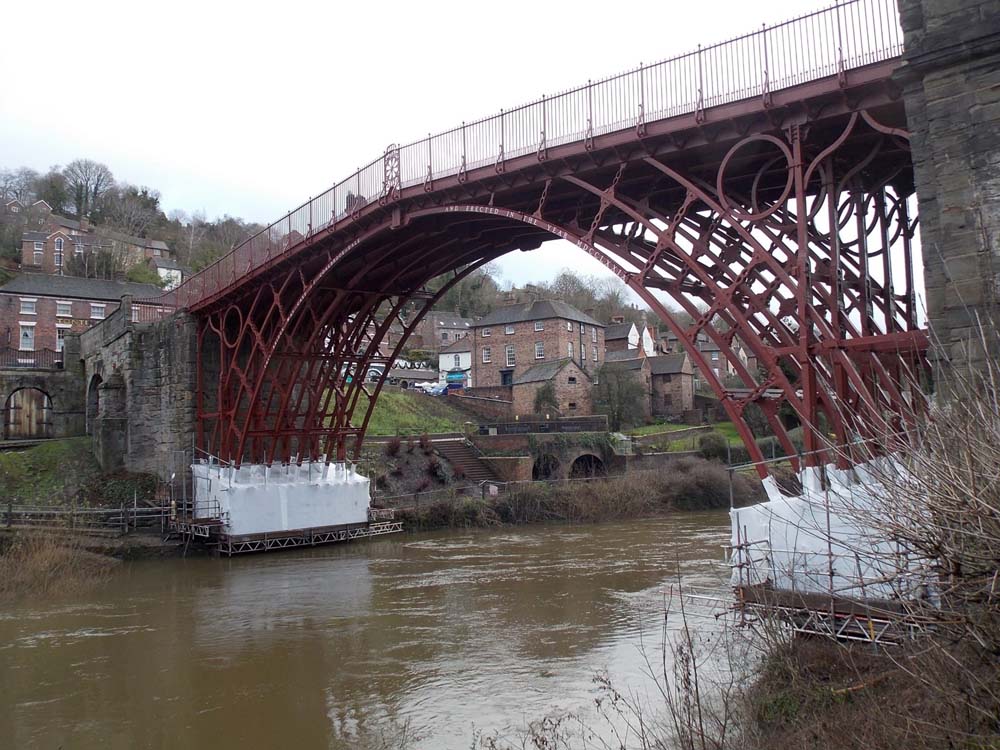
To help the community understand the improvements being made and ensure cooperation, at the start of the project Taziker hosted a public engagement meeting and kept the local community informed of progress using letter drops.
To maintain and improve Iron Bridge’s structural integrity, Taziker firstly began by surrounding the bridge with scaffolding and protective coverings before repairing the cast iron elements, masonry and deck. This was done in conjunction with our Network Scaffolding business.
A public walkway was erected which allowed visitors to continue visiting the iconic structure and also view the work being done on the inside of the encapsulation. Taziker also conducted guided walking tours of the bridge deck, the working areas and the forge where smiths made authentic replacement parts. To maintain public use of the bridge, Taziker only worked on half of the deck at a time whilst on the underside of the bridge, with main works continuing uninterrupted.
The area to be grit blasted was encapsulated using a heat shrunk polythene sheeting bonded to the scaffold. The contained area was placed under negative pressure using air movers, extracting airborne dust from the work areas at a minimum rate of 4 changes per minute, collecting it within enclosed dust filters. The scaffold platform was closely boarded and lined with heavy duty polythene sheeting, propylene protection boards and 6mm marine plywood to prevent any contaminants falling through the boards. Once the installation of the encapsulation was complete, all remaining apertures were sealed using expanding polyurethane foam and Rockwool insulation. These measures prevented any dust/vapor passing through minor breaches in the encapsulation and minimised noise emissions outside the encapsulation.
Several different elements of the bridge - the iron radials and braces holding the structure together, the deck plates and wedges, the main iron arch, and the stone abutments on either side of the River Severn – were examined and repaired. All of the new ironwork was bespoke, and each new piece was unique.
Many parts of the main arch structure had cracks, which were repaired by adding a new iron brace which was bolted to the existing iron, and then wrapped around it to keep it in place. In this way, no original iron member was removed even if it was cracked. Other repairs to the deck were due to ongoing corrosion of the packing pieces between the plates and supporting beams, which was causing the deck to slowly lift. New packing pieces were fabricated and installed, while broken deck plates were strengthened with new ironwork.
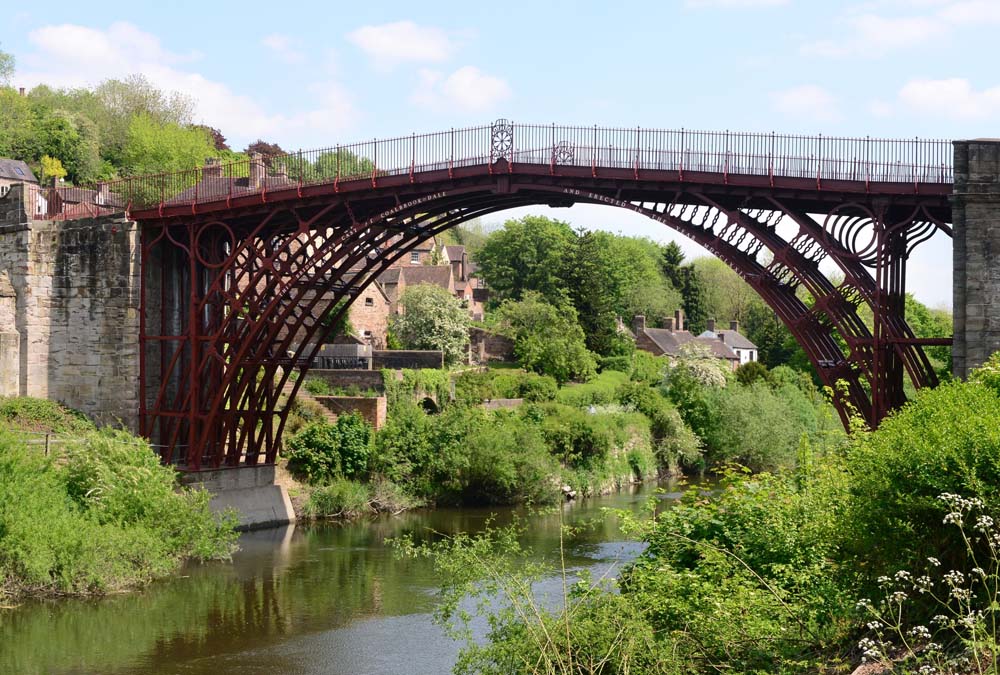 The Result
The Result
Taziker successfully completed all necessary ironwork repairs and provided additional reinforcement of the south span repairs. The bridge deck was resurfaced with a waterproof membrane to protect the deck plates and the complete structure and railings were grit blasted and recoated in the original red/brown colour.
At the end of the project, Taziker also worked to improve a local private access road.
Sections of the original Georgian ironwork that were removed from the bridge were preserved and donated to local museums, for display to the public.
Taziker has demonstrated their appreciation and consideration to conservation with this project. As a Grade I listed Scheduled Monument, Iron Bridge is a UK structure with a great deal of history that can now stand strong for many more years.
Jan 2018 - Dec 2018
The scope of the works included:
- Repairs to cracked and missing radials
- Repair and replacement of deck wedges, bearers and packers
- Conservation of deck plates, lobes and brackets deck
- Replacement of buckled 1927 ogee brackets to the original profile
- Repairs to the inner span feet
- Additional reinforcement of south span repairs
- Grit blasting of the structure and railings and apply new protective coating
- Bridge deck resurface with waterproof membrane to protect deck plates
- Masonry repairs and repointing to stone abutments and piers
